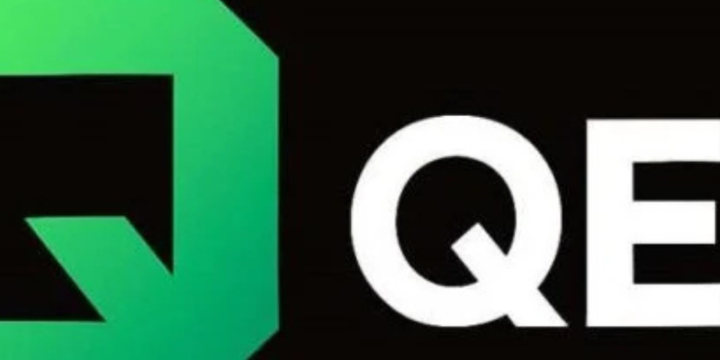TNO and partners have successfully completed a field test establishing an optical laser communication link over 10 km between the KNMI test site in Lopik and the Gerbrandy tower in IJsselstein. In the long run, this form of data will be faster, cheaper and safer than the current method.
The new telecommunications technology, which uses lasers to transmit information from a ground station to a satellite at an altitude of 39,000 kilometers and back, can transmit much more data than current systems. It is also technically virtually impossible to tap information due to the wavelength.
A connection with this technique has now been successfully established between the KNMI test location at Lopik and the Gerbrandytoren in IJsselstein. The next step is to get the same thing done over tens of thousands of kilometers.
Laser satellite communication
Laser satellite communication uses satellites to send and receive information to and from Earth via invisible light signals. These enable much faster, cheaper and more secure data transfers than the radio frequencies currently used for global communications. This is the first time a robust optical datalink has been established in real world conditions compatible with conventional infrastructure. This is a big step in developing a commercial optical ground station product and further advance in faster and more secure broadband connectivity in the Netherlands and Europe.
The technology is broadly applicable. Applications include more secure internet banking, self-driving cars, fast and good internet in aircraft and offshore platforms as well as in in rural areas for consumers, governments and businesses. Next to that it can protect soldiers on missions through more secure military communications, making it relevant for defense purposes as well.
Next steps
The successful demonstration enables the next step towards an in-orbit demonstrator led by Airbus Defence & Space Netherlands which is expected to be ready in 2023/2024. After which a consortium of Dutch and European industries led by Airbus Defence & Space Netherlands will bring the technology to the market in the following years, enabling economic growth for the Netherlands and Europe. Allowing for faster, cheaper and more secure data transfer than ever before.
Developing optical systems for Space applications
TOmCAT is implemented with support from the ESA ARTES ScyLight program and funded by NSO (Netherlands Space Office).TOmCAT was developed in cooperation with; TNO, Airbus Defence and Space Netherlands, Demcon (NL), VDL ETG (NL), Celestia STS (NL), MPB Communications (CAN), Cellnex (NL), KNMI (NL), AAC Hyperion (NL), Hittech Multin (NL), Eutelsat (FR), Airbus DS SAS (FR) and SES (LU).





